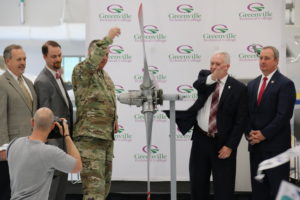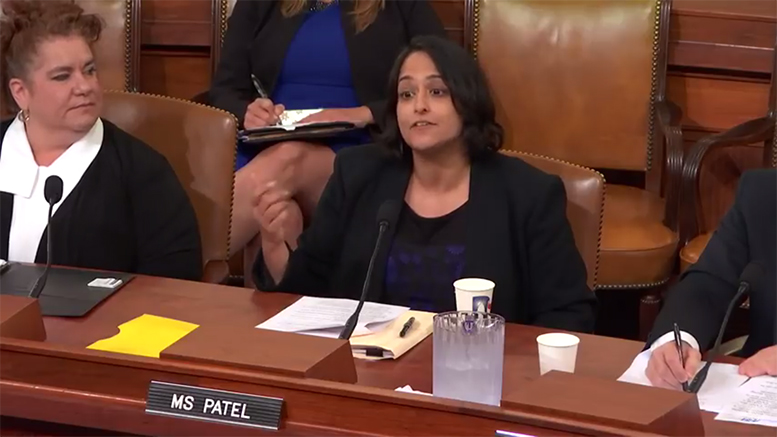Revamping welfare’s education and training limits
As Congress prepares to examine welfare laws, education and workforce advocates are encouraging lawmakers to look at the education and training components.
Several speakers at a House Subcommittee on Human Resources hearing this week noted that there are millions of jobs unfilled because employers cannot find enough skilled workers. Yet nearly 40 percent of parents with children receiving support through the federal Temporary Assistance for Needy Families (TANF) program have less than a high school education.
“In the 21st century, most good jobs require access to at least some skills training, and often a credential, beyond high school,” said Nisha Patel, a fellow at the Urban Institute.
Current law limits the extent to which states can count parents’ engagement in education and training activities toward federal work participation rate requirements, she said.
“Over the past 20 years, and particularly over the past five years, I have consistently heard from state and county TANF administrators that this creates a significant disincentive to engage parents in training that would give them the skills for in-demand jobs that employers in local communities are having trouble filling,” Patel said.
New construction institutes
In North Carolina, Cape Fear Community College (CFCC) and the Wilmington-Cape Fear Home Builders Association have launched a partnership and initiative that aims to mitigate labor shortages within the construction industry in two local counties.
This summer, CFCC will offer Construction Institutes, intensive two-week training programs to meet local construction workforce needs. With input from the construction community, builders and subcontractors, CFCC and the home builders association have developed four courses to teach basic skills in the fields of masonry, plumbing, carpentry, and heating, ventilation, and air conditioning (HVAC). Upon completion of the training, participants are guaranteed an interview with a local employer.
According to a survey conducted by the Associated General Contractors of America, 75 percent of construction firms plan to expand their workforce in 2018. Moreover, 78 percent of the surveyed construction firms in North Carolina expressed having a difficult time filling positions.
Sharing an aviation center

Officials from Greenville Technical College and the South Carolina Army National Guard cut a ribbon to celebrate a new facility they will share. (Photo: GTC)
Greenville Technical College (GTC) and the South Carolina Army National Guard have opened a shared facility in the South Carolina Technology and Aviation Center.
With different schedules and times of peak usage between the facility’s two partners, sharing saves taxpayer dollars while maximizing use of the facility. The college’s aircraft maintenance technology program will use the facility mainly during the week, while the National Guard will use the facility primarily on weekends.
Additionally, the partnership will enable the soldiers to obtain an associate degree in addition to their FAA airframe and powerplant technician certification.
“This program can be scaled to support regional National Guard training requirements and possibly nationwide requirements in the future,” said Col. Andrew Batten, South Carolina state aviation officer.
Preserving a preservation studies center
Highland Community College in Illinois is bringing an international program to campus, with hopes of drawing people from around the world to Freeport.
The International Preservation Studies Center will relocate to Highland from the former Shimer College campus, also known as the Campbell Center, in Mount Carroll, Illinois. The one-of-a-kind program began in 1980, with students from across the United States and other countries enrolling in classes to develop skills in the preservation of artifacts, architecture, museum collections and other historic pieces.
Program numbers have more than doubled in the past three years, bringing the total of enrollments to nearly 300 in 2017. The plan is to welcome more than 200 new students and 50 instructors within the first year, with an expectation to jump to 300 in 2019.

